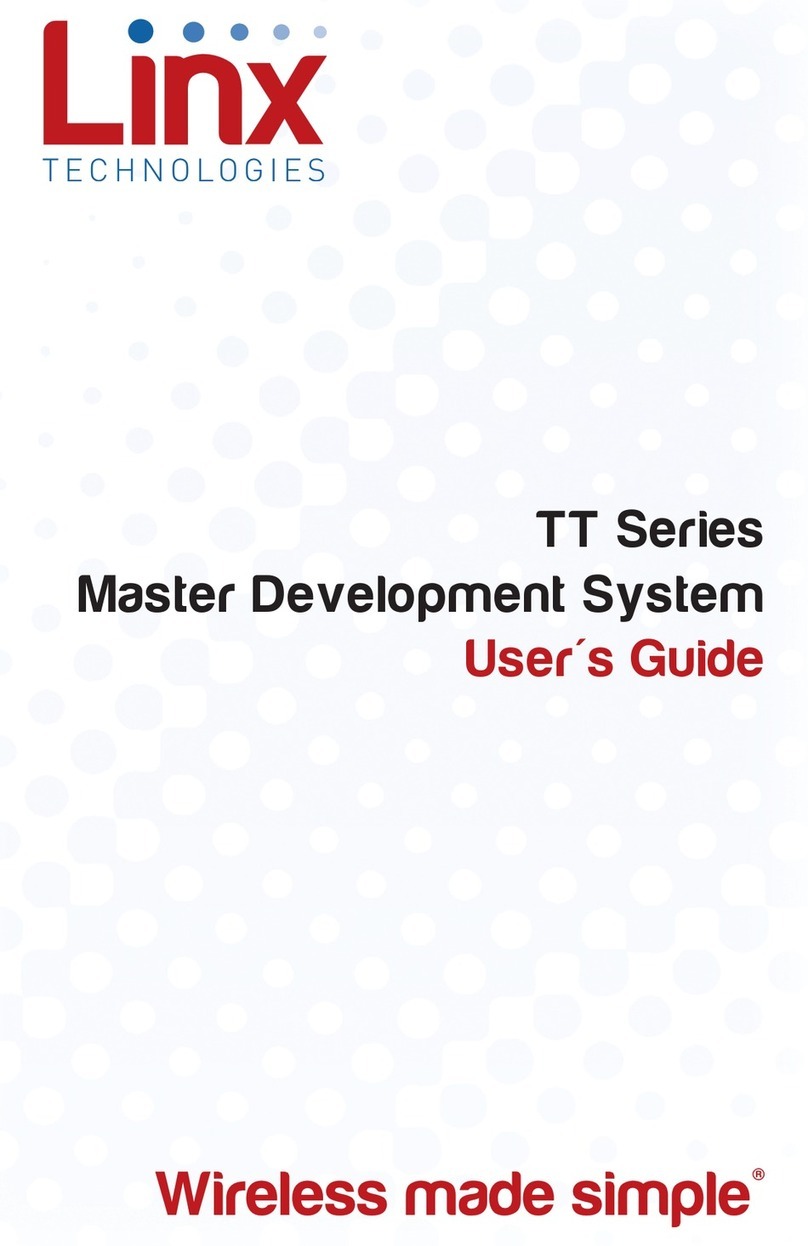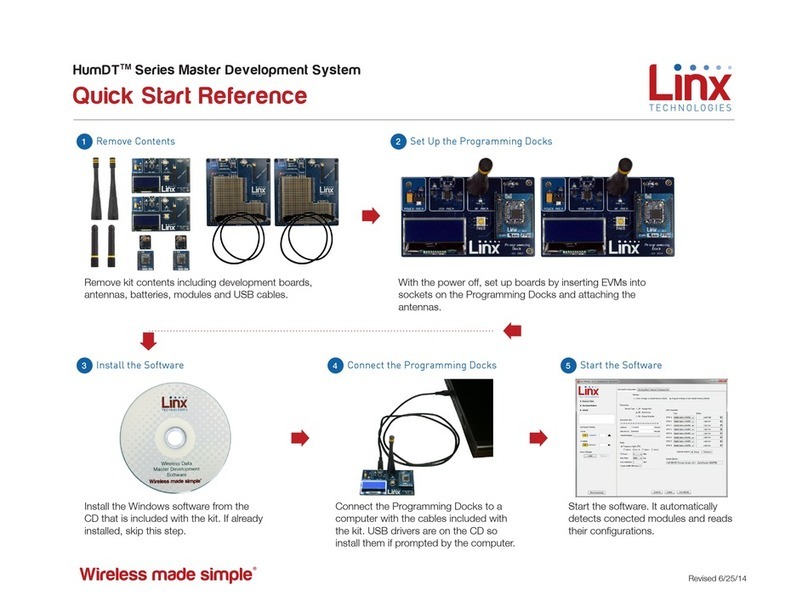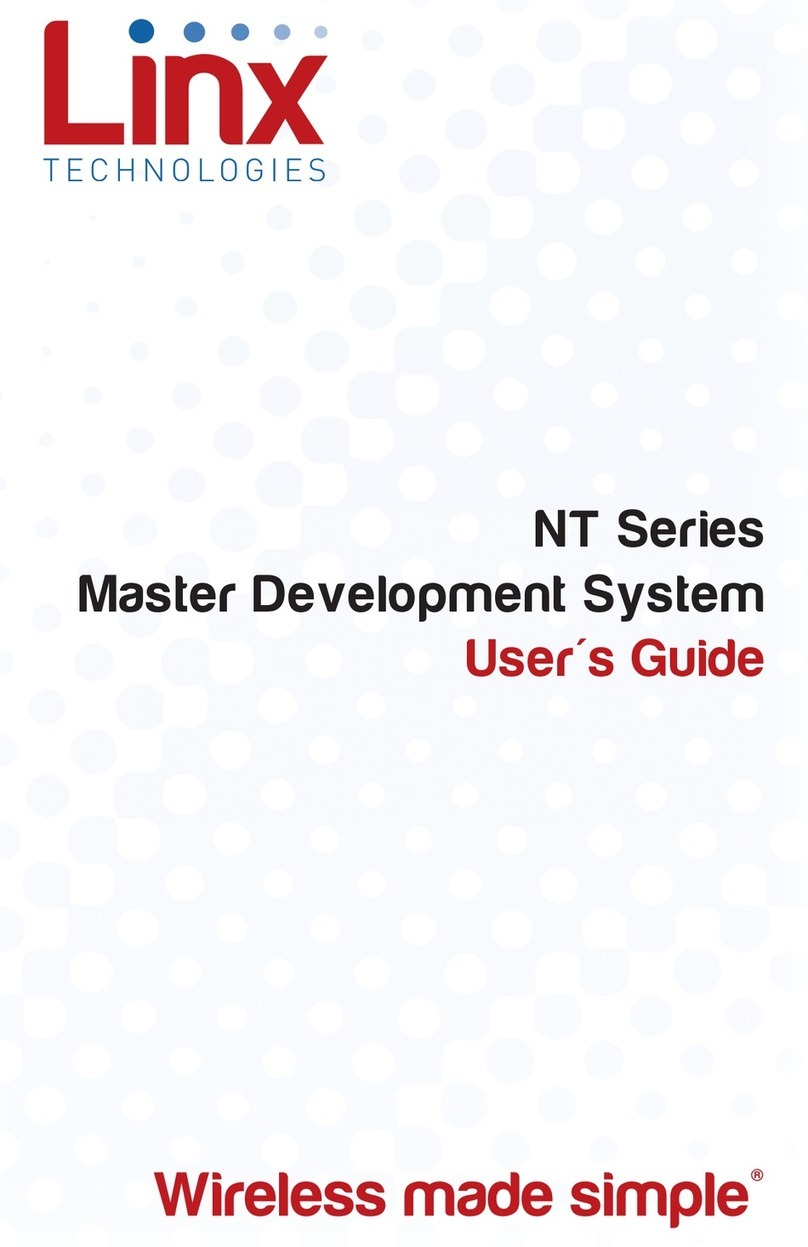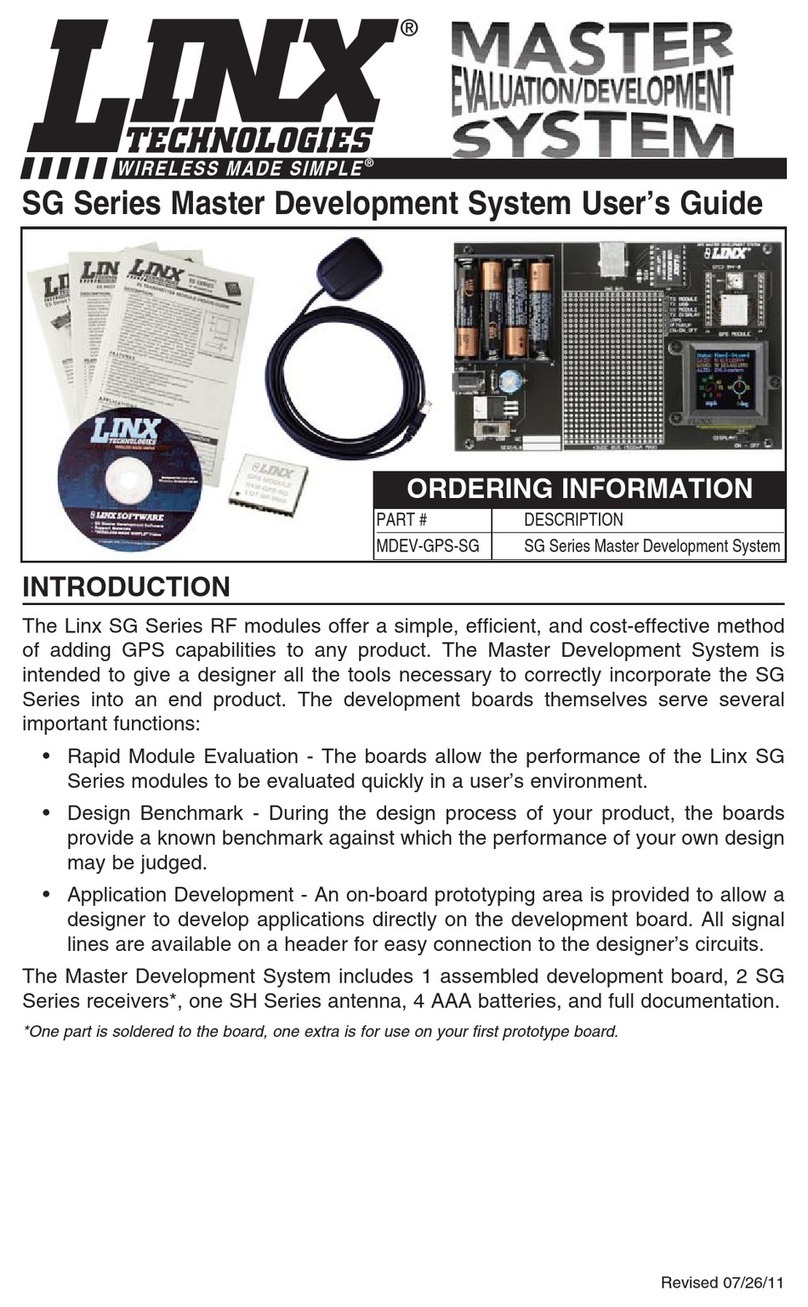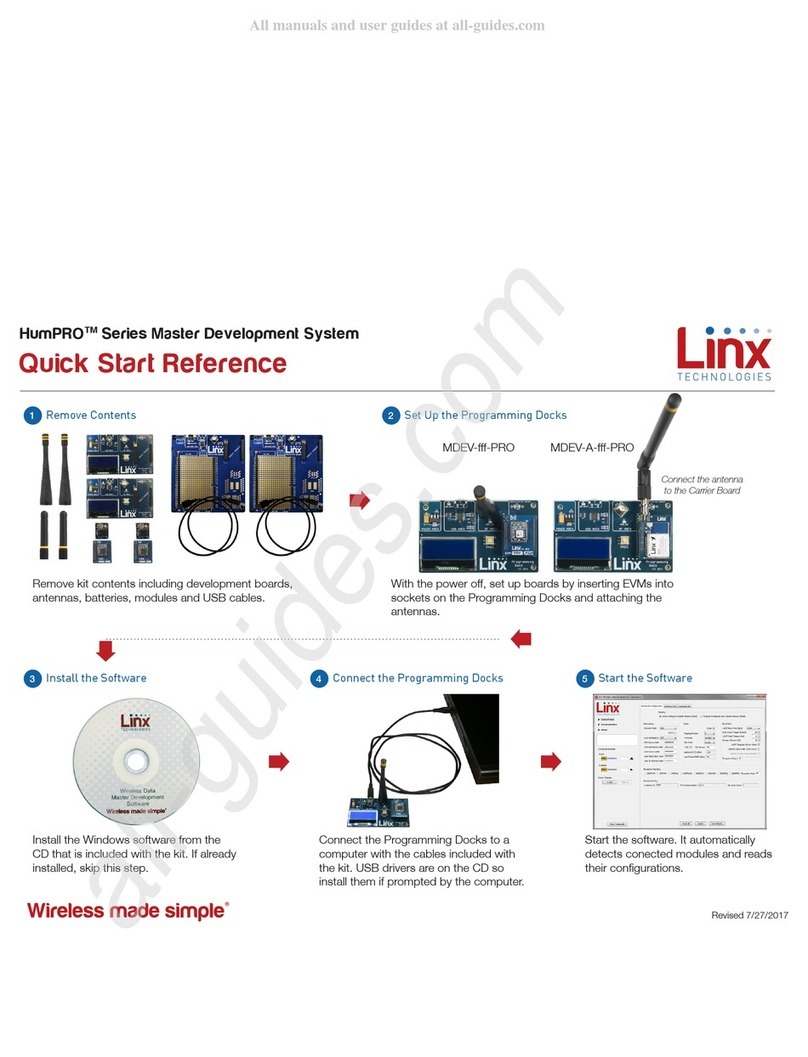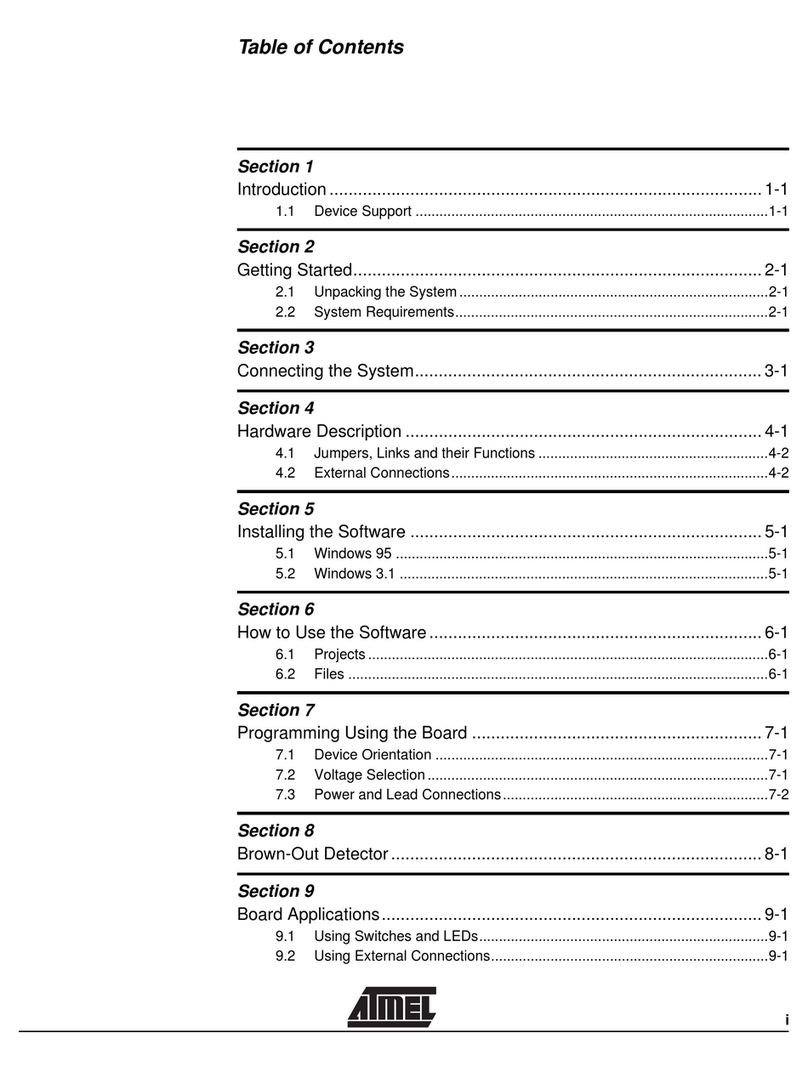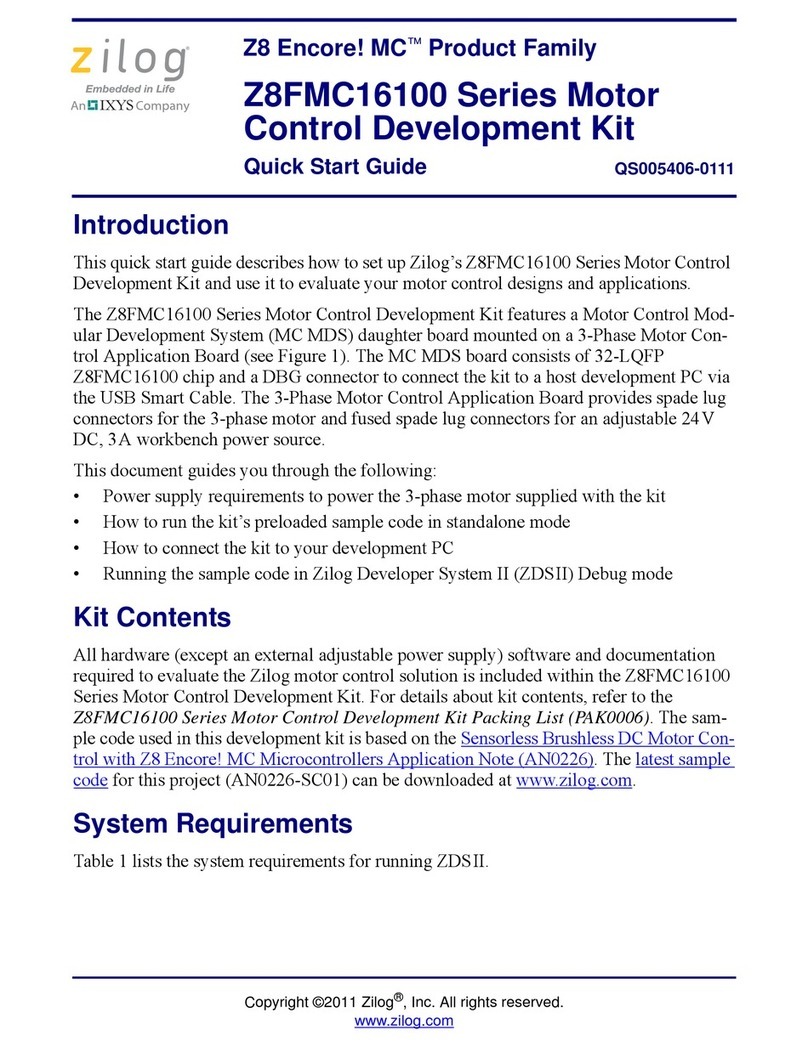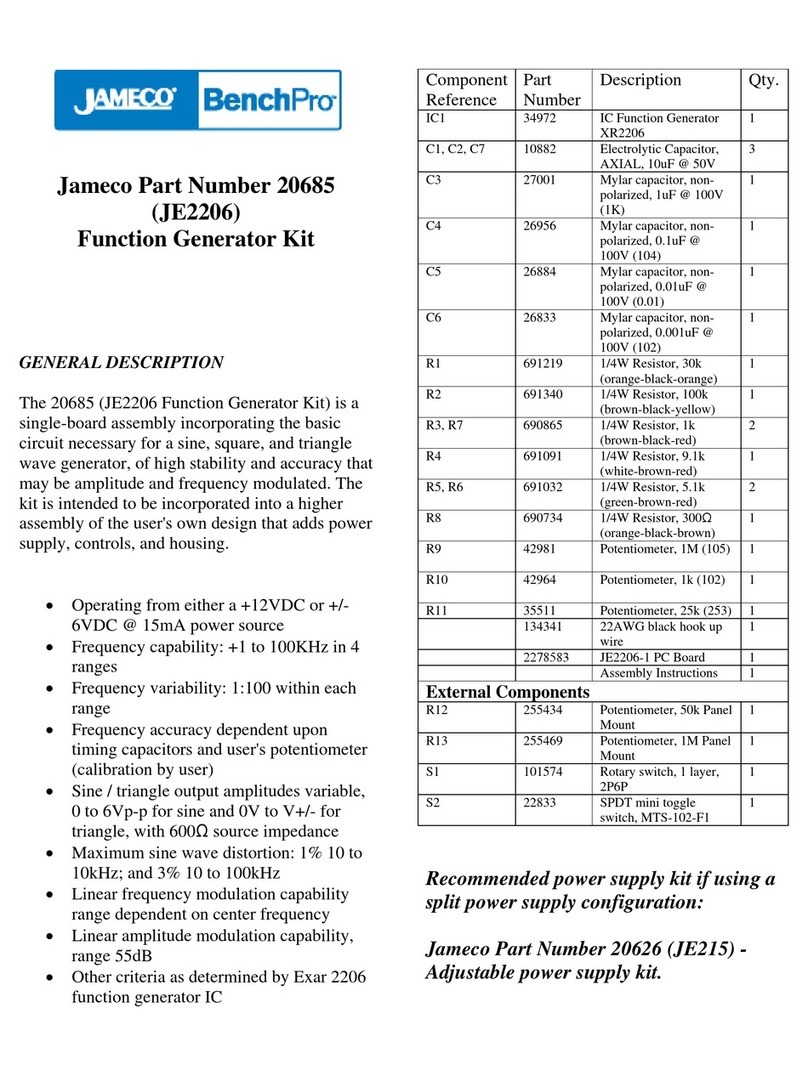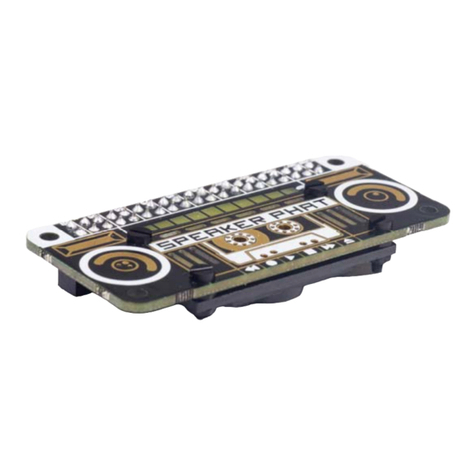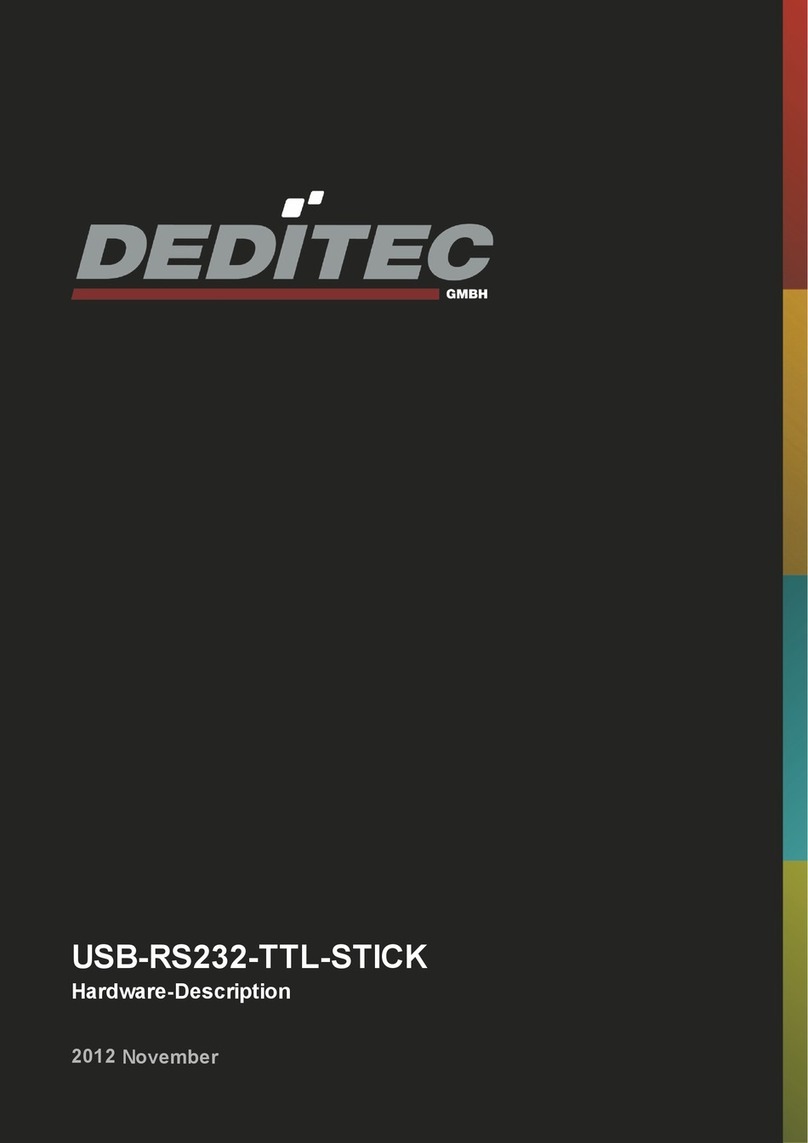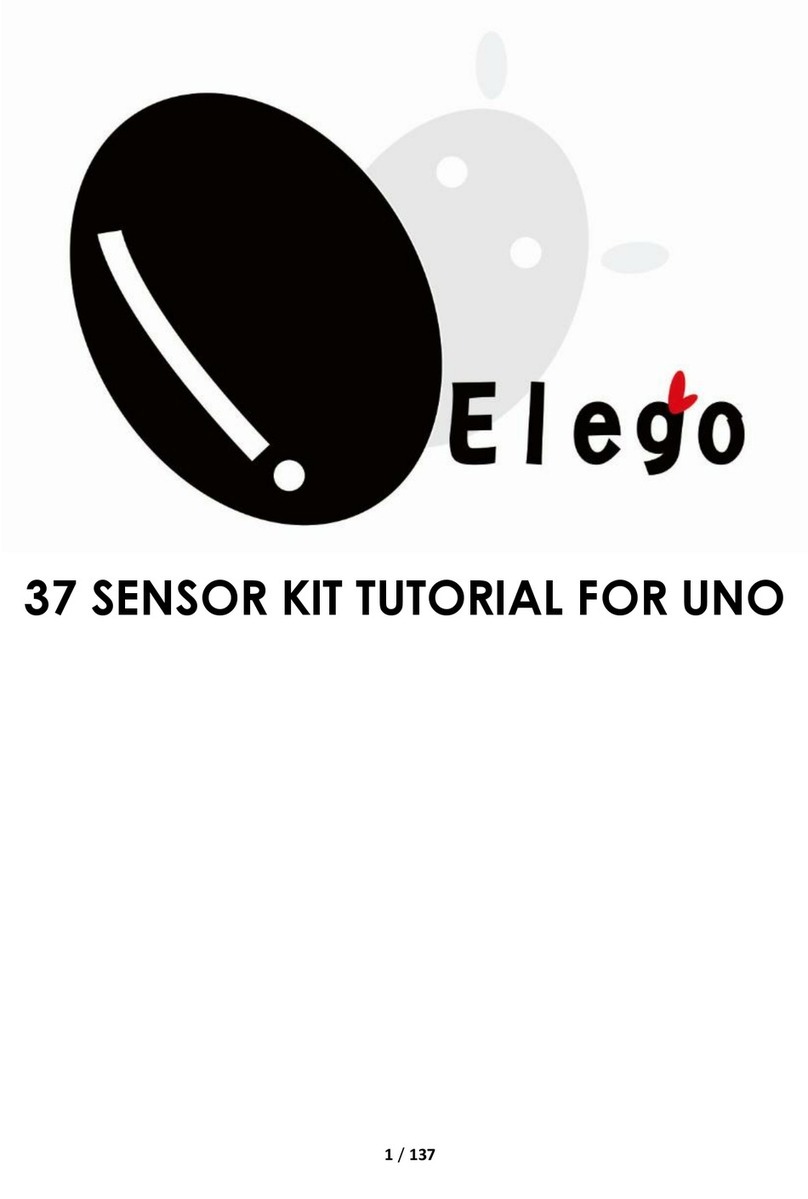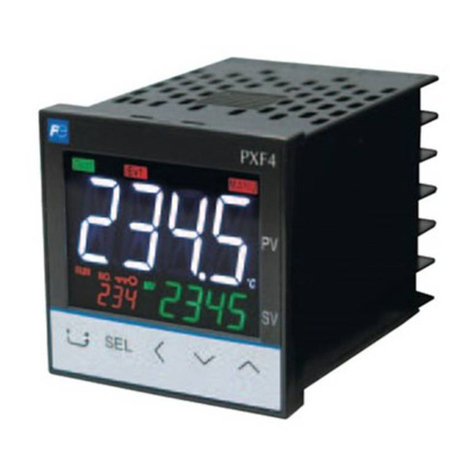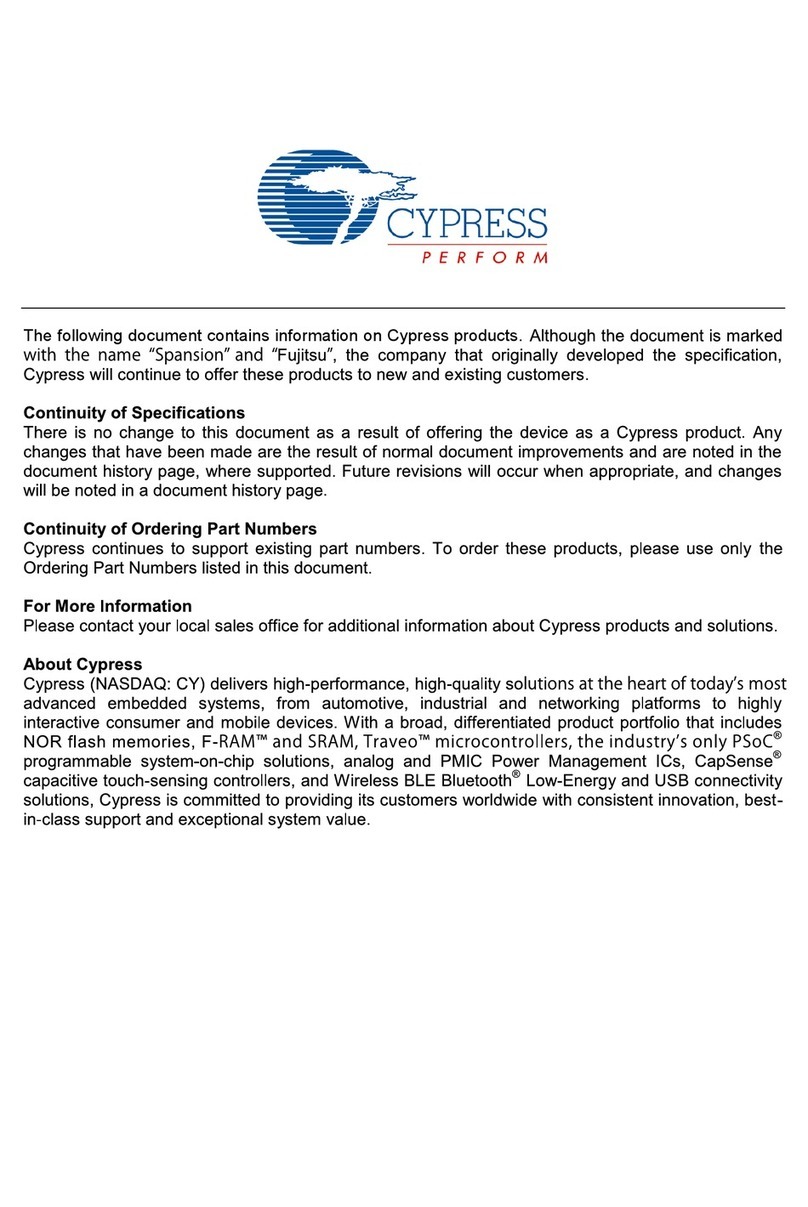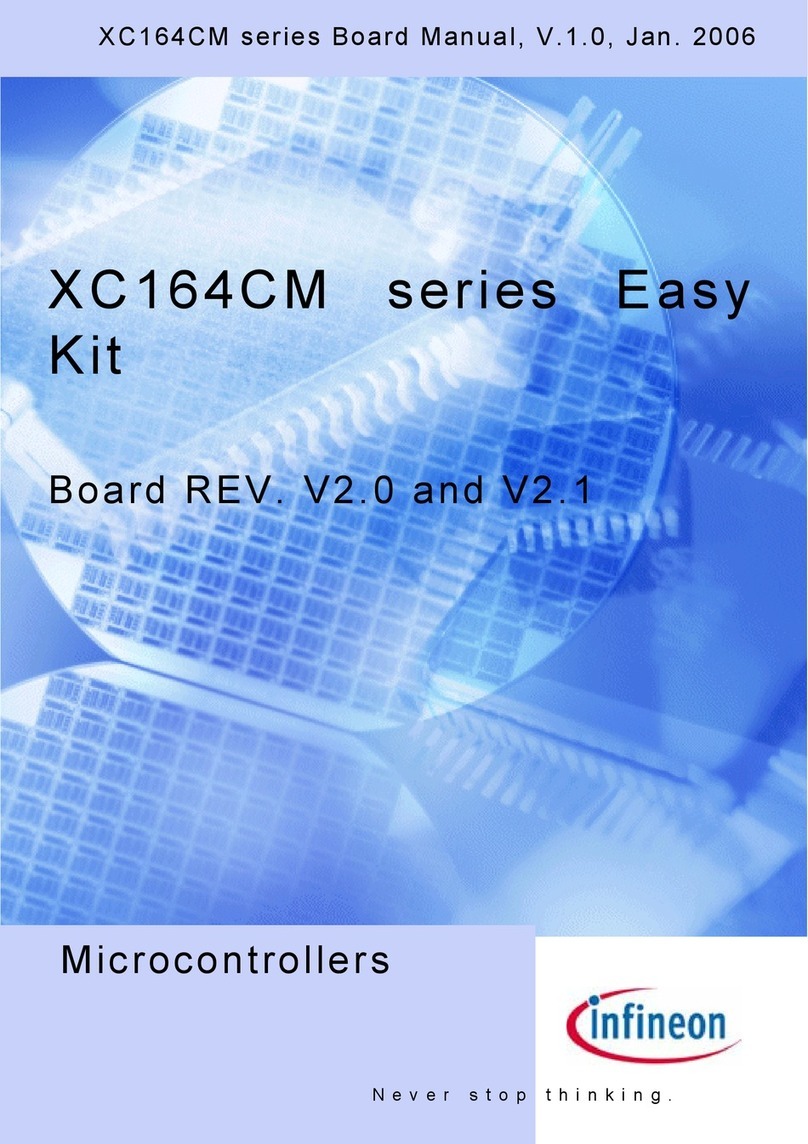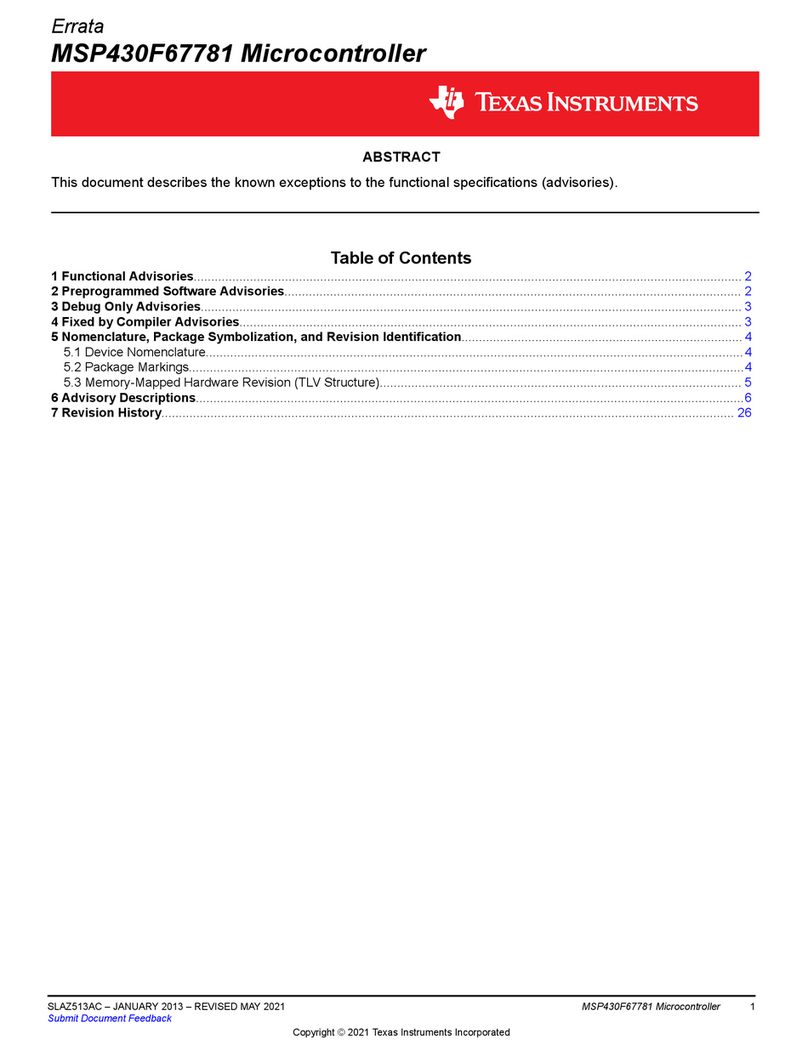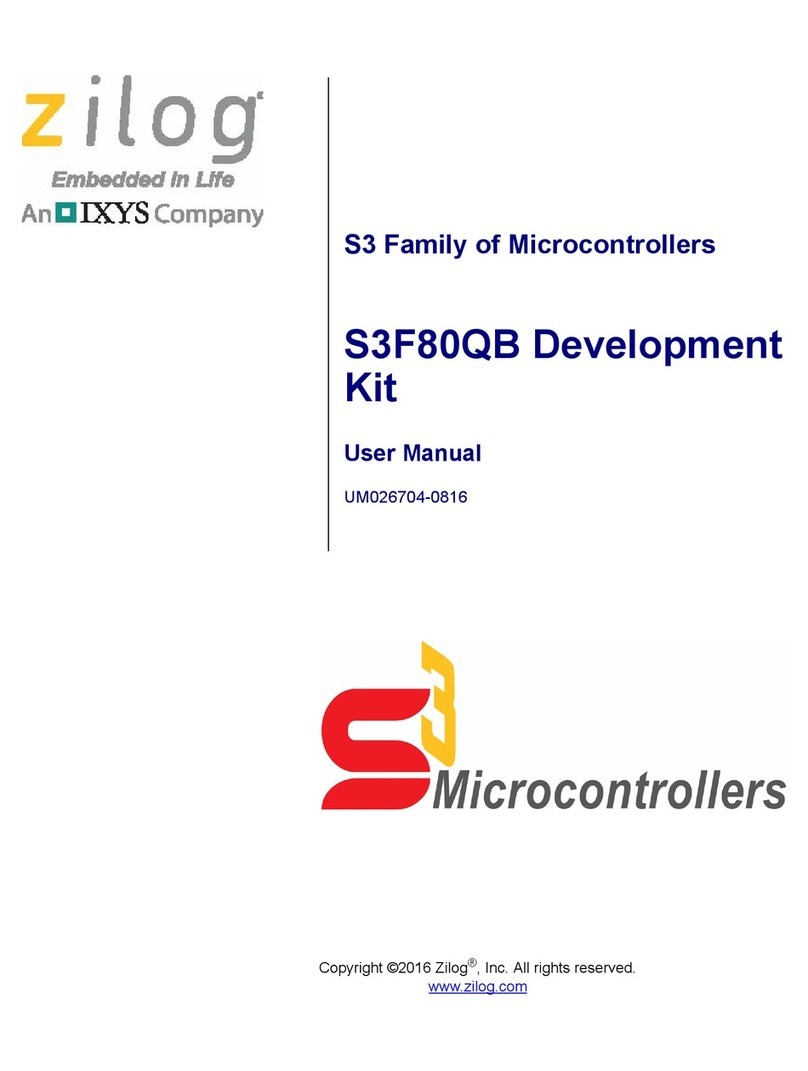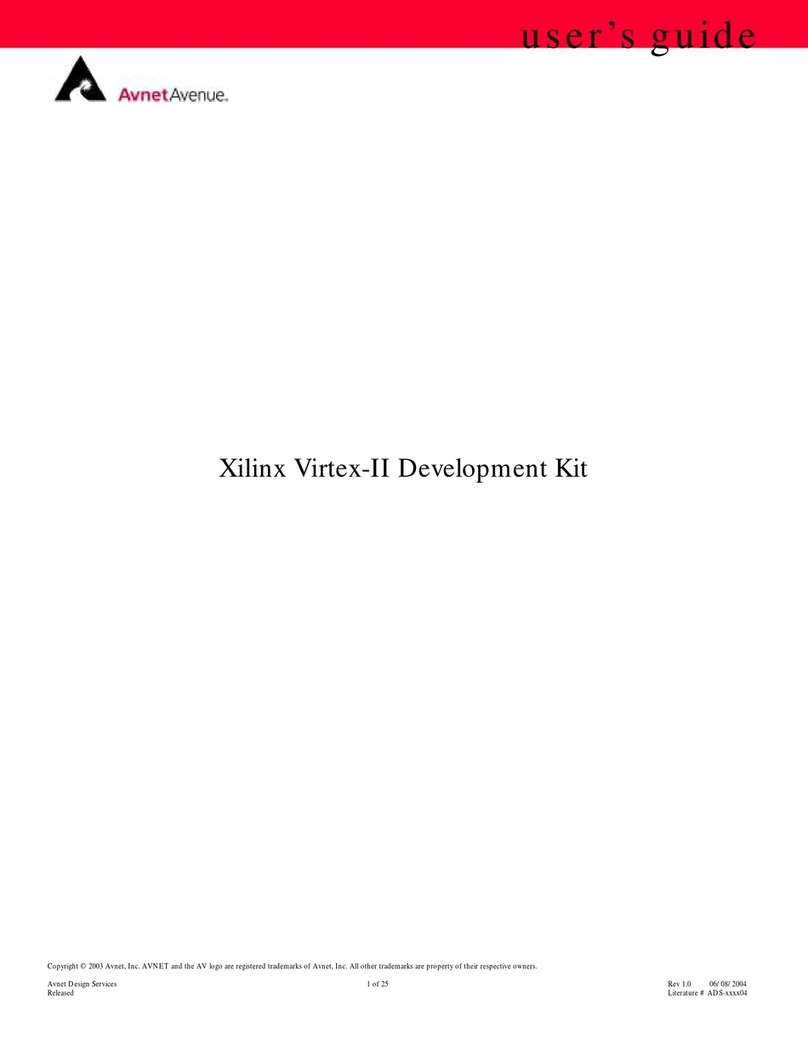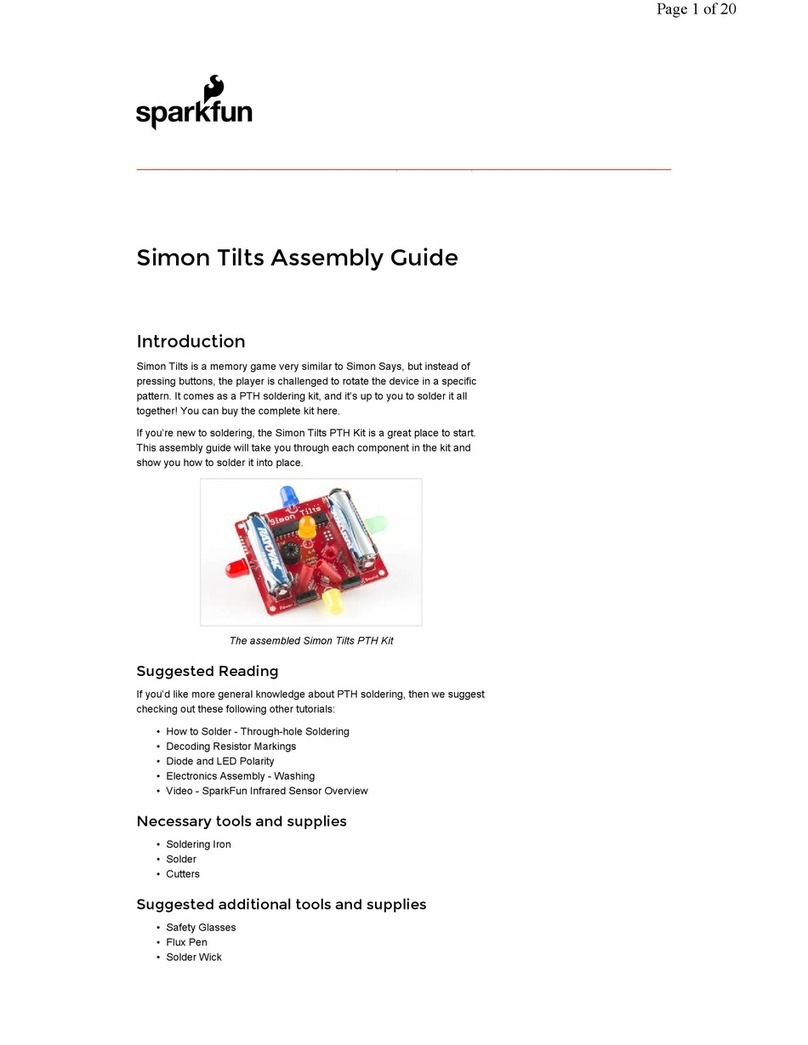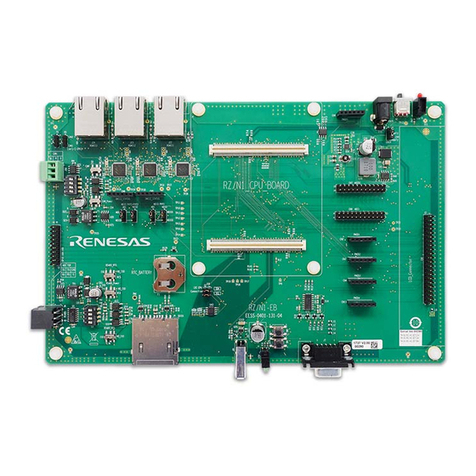Page 5Page 4
SWITCHED DEVICE ATTACHMENT
The Relay Function Module features heavy-duty quick-connect block terminals
for attaching the devices to be switched. The terminals accept wire gages from
16-26 AWG. Funnel-shaped entry channels help prevent fraying when using
untinned wire. The terminal block is arranged as shown. There is no polarity on
the relay terminals and they may be used in any order or left unterminated with-
out internal damage. Do not attempt to switch loads in excess of the limits listed
in the Specifications section. The module does not provide internal protection for
shorted loads. The designer must, therefore, provide external protection, such as
fusing, if the possibility of shorting exists.
ANTENNA ORIENTATION
It is always important to remember that the control signals for the Relay Function
Module are sent through the air. For this reason the physical orientation of the
transmitter and receiver plays an important role in determining the overall range.
The antenna may be swiveled to adjust for maximum range in your environment.
In most cases, orienting the antennas in a vertical position will result in optimum
performance.
CONTENTION CONSIDERATIONS
An unlimited number of Relay Function Modules may be operated in proximity
without interference. It is important, however, to understand that only one trans-
mitter at a time can be activated within a reception area. While the transmitted
signal consists of encoded digital data, only one carrier of any frequency can
occupy airspace without contention at any given time.
Poor Optimum Acceptable
Figure 6: Antenna Orientation
INTERFERENCE CONSIDERATIONS
It is important to remember that the range performance of the modules is heavi-
ly dependent on the environment in which they are operated. The effects of inter-
ference, multipath, and physical attenuation will vary significantly from location to
location.
The Relay Function Module is based on the Linx LC Series of RF modules.
These are simple low-cost devices intended for short-range transmissions. They
utilize OOK AM-based modulation. AM devices can be affected by external noise
such as that from motors or other sources of broadband RF emissions.
Interference can also come from sources such as paging towers or amateur
radio activity. The designer should carefully test the Relay Function Module in
the environment in which it will be used to ensure that its performance is appro-
priate for the chosen application.
TRANSMITTER CONSIDERATIONS
The Relay Function Module incorporates a Linx LC Series receiver paired with a
Holtek decoder IC. This means that there are several options available for con-
trolling the module.
The first option is to use one of the pre-
certified OEM transmitters offered by
Linx. These transmitters come in sever-
al packages and can be customized to
bear the logo or other artwork required
by the customer. The only setup
required by the customer is to set the
address of the transmitter and the
Relay module.
There are four OEM transmitters that
can be used with the Relay Function
Module: the full size handheld, the
compact handheld, the long-range
handheld, and the keyfob. The full size
handheld uses the same eight address
lines used by the Relay Function
Module, so they only need to be set the
same for proper function.
The other three transmitters use all ten address lines offered by the Holtek ICs
while the Relay Function Module uses eight. This means that the last two
address lines on the transmitters (A8 and A9) must be left floating (turn off the
DIP switches on the handhelds, cut traces 8 and 9 on the keyfob). The other
address lines can be set to whatever the user desires, as long as the transmitter
and the Relay Function Module match.
A custom transmitter can also be created with a KH, LC, or LR Series transmit-
ter paired with a Holtek encoder or microprocessor. Because the Holtek ICs have
10 address lines, the last two lines (A8 and A9) must be left open. The Holtek
address lines are tri-state, meaning that they have three valid input conditions:
high, low, or floating. The Relay Function Module uses only the low and floating
states, so the custom transmitter can only use these states as well. The lines that
are floating should be left open and have no electrical connection.
RELAYS
1234
GND
5 - 16VDC
Figure 5: Relay Connection Block
Figure 7: Precertified Transmitters







